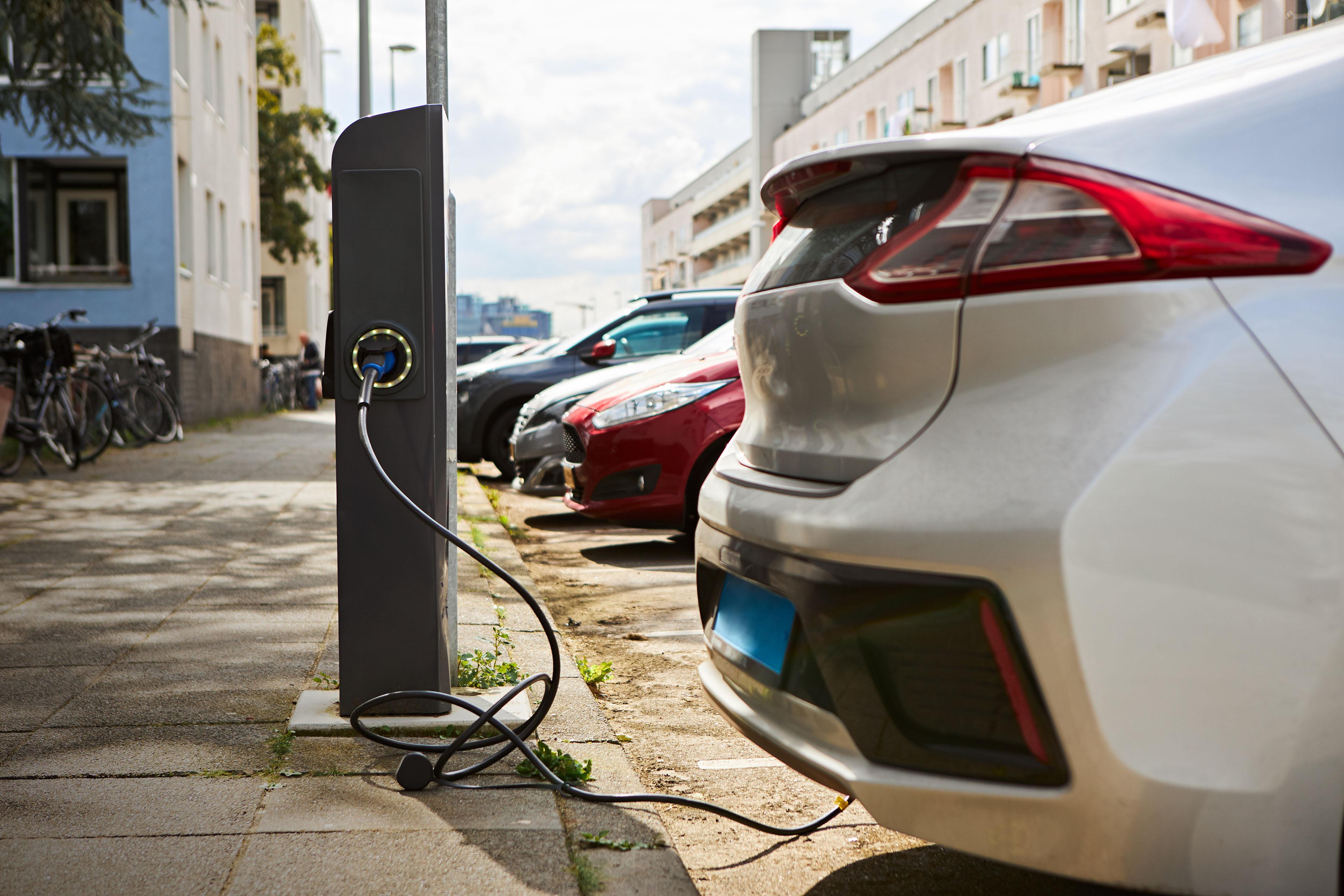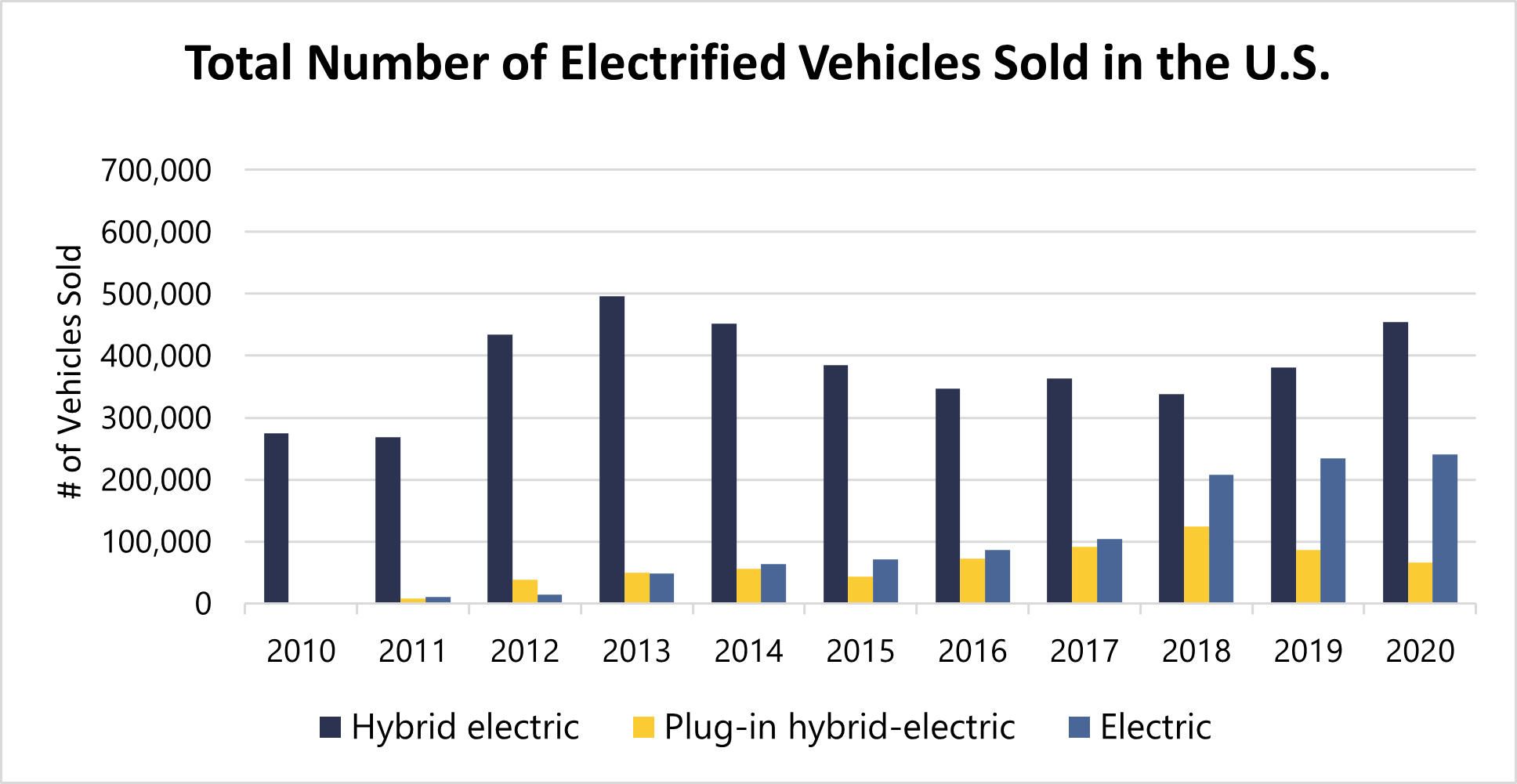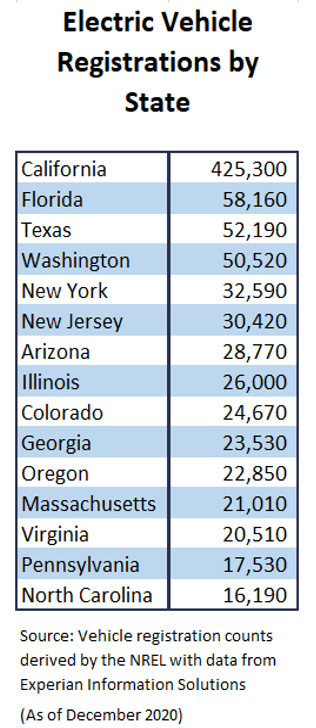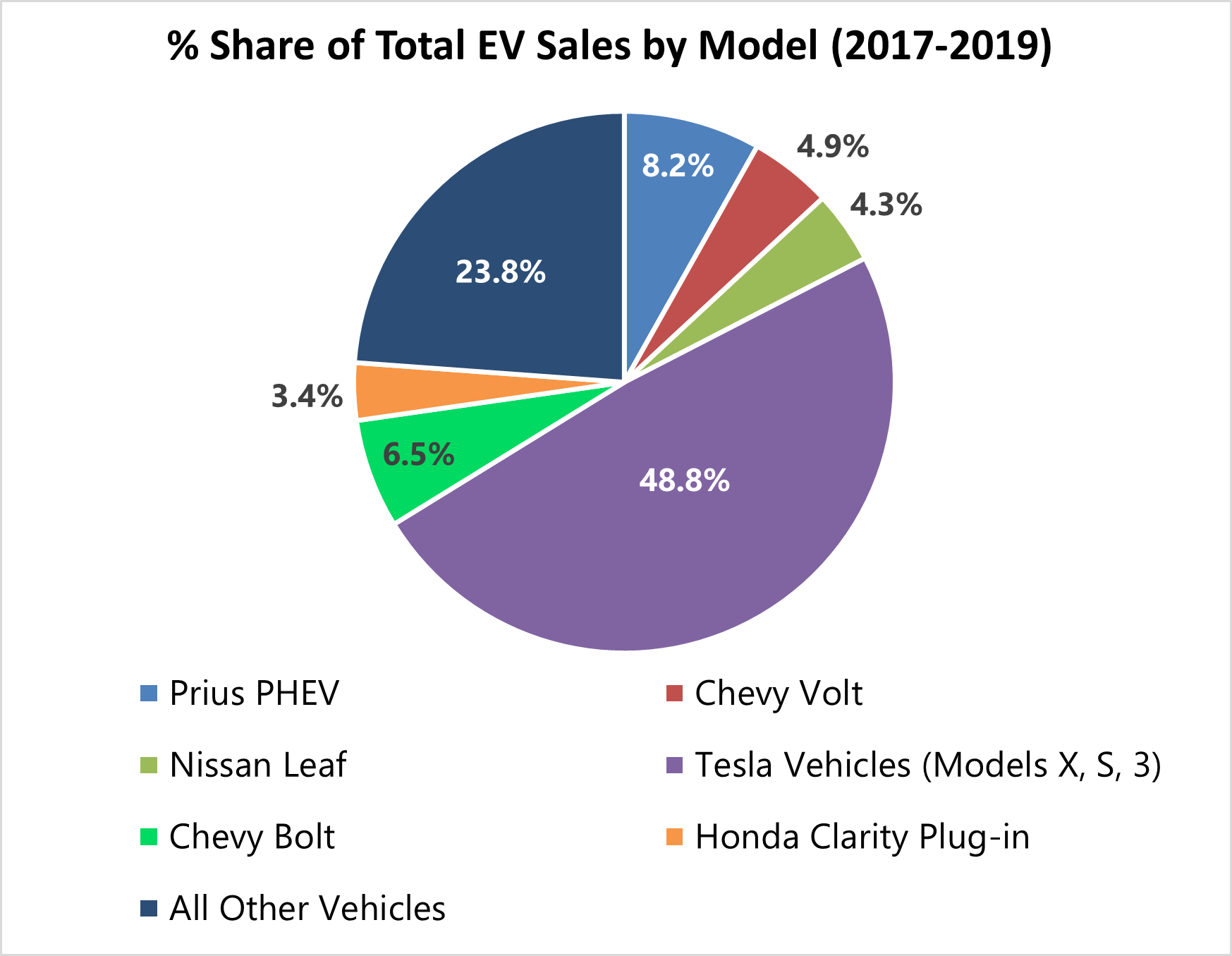In what seems like the blink of an eye, the auto industry has embraced electrification in a big way as household names – beyond Tesla – make big investments in battery and related technological enhancements. If you are in the market for a car any time this decade, the overwhelming likelihood is that you will purchase an electrified vehicle. For those passionate about renewable energy, this is something of a seminal moment given that widespread adoption globally of electric vehicles represents perhaps the single biggest opportunity to reduce the effects of climate change.
Competition Heats Up
It wasn’t too long ago that Tesla was considered to be the only reputable player in town on the electric vehicle manufacturing front. Technologically speaking, Tesla still maintains superior advantages over its competitors, but the electric vehicle market is still much more crowded today than it was just a handful of years ago. We don’t hide from our pro-Tesla bias at Solar Tribune, but even we must recognize that the increased number of electric vehicle models with competitive price points is ultimately good for overall market development. Major electric vehicle pronouncements by auto companies in recent years include:
- By 2035, General Motors plans to exclusively manufacture electric vehicles
- Toyota unveiled their first all-electric vehicle offering in the U.S. market earlier this year. Toyota plans to expand to around 70 electrified vehicle offerings globally by 2025, including 15 fully electric vehicle options.
- Ford plans to sell only fully electric vehicles in Europe by 2030.
Just about every other major global auto company from Honda to Audi to Volkswagen have announced similar “all-electric” commitments to be met within roughly the next 15 years. Electric vehicle start-ups Lucid Motors and Rivian, the latter of which recently beat Tesla and GM in producing the first all-electric pick-up truck, add further diversity of options to the electric vehicle marketplace.
Ford also made waves in the industry just days ago when they announced plans to invest $11.4B on new auto plants in Tennessee and Kentucky that will produce electric vehicles and the batteries that power them, that latter of which is an important goal as domestic auto players try to wean themselves off of foreign EV battery supply chains. Ford Executive Chair Bill Ford, fully understanding the significance of Ford’s embrace of electrification, put the move in important context:
“With this investment and a spirit of innovation, we can achieve goals once thought mutually exclusive – protect our planet, build great EVs Americans will love and contribute to our nation’s prosperity.”
Electric Vehicles by the Numbers
Fully electric vehicles and their various hybrid variations continue to grow in popularity in the United States. Since 2010, over 4.1 million hybrid electric vehicles, 633,809 plug-in hybrid electric vehicles (PHEVs), and over 1 million fully electric vehicles have been sold domestically. The growth in fully electric vehicle sales has increased every single year since 2010. The 761,100 electrified vehicles sold in the U.S. in 2020 are a record, and it represents the fifth consecutive year of growth in EV sales in the United States.
California accounts for 42% of all electric vehicle registrations in the country, according to the U.S. Department of Energy’s Alternative Fuels Data Center. For perspective, electric vehicles registered in California exceed that of the total number registered in the next 14 states combined.
The Tesla Model 3 is by far and away the most popular electric vehicle sold in the United States. According to data from the Transportation Research Center at Argonne National Laboratory, sales of the Tesla Model 3 accounted for 47.4% of all electrified vehicle sales in 2019 covering 45 different vehicle models. Even though the electrified vehicle marketplace has become more crowded in recent years, it is clear that Tesla still dominates.
Busting Common Myths
Despite the growing adoption rates of electrified vehicles, myths still linger. Here are some of the most common busted myths:
“Electric vehicles are only for rich people”
The escalating sales of EVs in the United States are quite directly tied to the improving price point of said vehicles. Numerous hybrid electric vehicles can be had for under $30,000. The same is true for several PHEV models, and while fully electric vehicles will be pricier than their aforementioned counterparts, many models still will keep the consumer in the low $30,000s range. And don’t forget about the federal tax credit of up to $7,500 (varies based on EV battery size) that can further bring down the sticker price.
Purchase price aside, the lifetime costs of owning an ICE vehicle vs. the costs of owning an electric vehicle make the economics of electric vehicle ownership a complete no-brainer. According to analysis by ConsumerReports, owners of EVs can expect to save up to $1,000/year and $9,000 over the lifetime of a car in fuel costs alone when compared to an ICE vehicle (driven 200,000 miles). The absence of necessary fluid changes and other regular repair costs that come with the more complex ICE vehicle lead to even further savings for EV owners. The average dollar savings from reduced maintenance and repair costs over the lifetime of vehicle ownership amounts to $4,600.
“I’ll save on gas costs, but those savings will be offset by increased electricity costs from home charging”
The math will vary based on multiple factors, but it is hard to imagine many scenarios in which regular overnight charging at your house will increase your monthly energy bill over what you would typically pay in monthly fuel costs for an ICE vehicle. The aforementioned ConsumerReports study noted that an EV driver will save an average of $800 to $1,000 a year on fueling costs over an equivalent gasoline-powered car.
“The range of electrified vehicles is too low for me to do any meaningful amount of driving.”
Many of the most affordable fully electric vehicle models available on the market today offer a driving range of roughly 150 to 250 miles on a full charge. Slightly more expensive options like the various Tesla models easily clear the 300-mile mark. Most of the industry leading ranges for PHEVs will be closer to 40 miles, meaning that you can drive those vehicles in “electric” mode for about 40 miles before your car’s internal combustion engine starts to kick in and use up gas. Such a range is going to be more than sufficient to cover the daily round trip commuting needs of most Americans.
The main Achilles Heel of electrified vehicles when it comes to driving range is that distance driving can get especially complicated given the relative dearth of charging stations in the U.S., especially compared to the more ubiquitous gas station. While this fact is indeed a challenge, there is nowhere to go but up from here. The building of the U.S. EV charging infrastructure is inevitable, and the growth will likely be exponential given the fact that almost all major auto makers are slamming the door on ICE vehicle production by the end of this decade. According to the Bureau of Transportation Statistics, the number of public EV charging stations in the U.S. grew by 245% from 2014 to 2020.
All Eyes on Congress
Even though electric vehicle sales in the U.S. continue to rise, the industry is still very much in the developmental stages. After all, EV sales in Q2 of 2021 amounted to just 3.6% of total vehicle sales according to McKinsey. Significant public investments to build out the national charging infrastructure and additional financial incentives to draw people to the EV market will be necessary as the industry seeks to become more mature.
All eyes are on our Capitol Hill these days as we follow the status of the bipartisan Infrastructure Investment and Jobs Act. The bill has a number of provisions that specifically target the EV industry. The most prominent of which include:
- $7.5B set aside for nationwide EV charging station investments
- $7.5B to help school districts across the country replace diesel fuel engine school buses and ferries with low- and zero-emission replacements.
Democrats have also proposed in their $3.5B budget bill an increase in the EV tax credit to up to $12,500 for U.S.-made, union-made zero emissions vehicles, a meaningful increase from the $7,500 incentive that is currently in place for most other electric vehicles.
Lawmakers continue to hash out the details of the aforementioned pieces of legislation. What the final numbers look like for EV-impacted investments is anybody’s guess right now. Regardless of what formally comes out of Capitol Hill, the momentum in the EV industry is unmistakable. Electrification commitments from major auto makers, tougher emissions standards at multiple levels of government, and state-level EV incentive programs will help to accelerate the EV revolution.
Industry analysts were claiming that 2020 would be the year of the electric car, but the Coronavirus pandemic and resulting downturn in the global economy had other plans. Nailing down the “year of the electric car” may be a fun parlor game, but it is clear that we are at something of an inflection point in the auto industry. The pace of change in the industry and the rate of electric vehicle adoption globally will only accelerate from here. Buckle up – it’s going to be a heckuva ride.
Cover Photo Source: Ernst & Young








